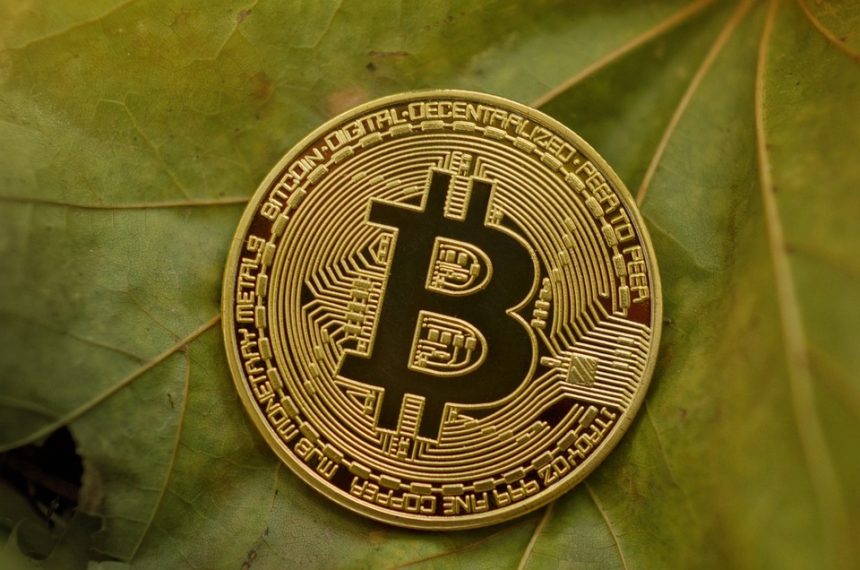As the cryptocurrency landscape continues to evolve, liquidity pools have emerged as a key component of decentralized finance (DeFi). These pools are driven by the need for seamless trading experiences and efficient capital utilization, and they have garnered significant attention from investors. As the sector matures, several future trends are likely to shape the way liquidity pools operate and how investors interact with them. This article explores these trends and what they may mean for the future of DeFi investing.
1. Advanced Automated Market Makers (AMMs)
Traditionally, liquidity pools have relied on constant product AMMs such as Uniswap, which utilizes a straightforward x * y = k formula. However, as the market matures, there is a growing trend toward the development of more sophisticated AMMs. These advanced models allow for dynamic pricing and more granular fee structures that can respond to market conditions. By introducing features such as concentrated liquidity, which enables liquidity providers to allocate their assets within specific price ranges, these AMMs can improve capital efficiency. For investors, this means potentially higher returns on liquidity provision as they can earn fees more effectively.
2. Cross-Chain Liquidity Pools
Interoperability has become a focal point for advancing blockchain technology, and the rise of cross-chain liquidity pools signals the growing desire for seamless asset movement between different blockchain ecosystems. Pools that enable users to swap tokens across various chains without the need for centralized exchanges will likely become more prevalent. This trend not only broadens the market’s liquidity but also allows investors to access a greater variety of assets. Operating within a fragmented ecosystem, cross-chain liquidity pools present significant opportunities for enhanced diversification and risk management for investors.
3. Integration with Traditional Finance
As regulatory frameworks begin to take shape around cryptocurrencies, a trend toward the integration of DeFi with traditional finance (TradFi) is foreseeable. This could manifest through partnerships between liquidity pools and established financial institutions, allowing for greater legitimacy and increased participation from traditional investors. As access to decentralized finance tools expands, more traditional liquidity providers may enter the space by investing in liquidity pools, bolstering capital availability and potentially stabilizing prices.
4. Enhanced Risk Management Tools
Despite the appeal of liquidity pools, investors often face substantial risks, including impermanent loss and smart contract vulnerabilities. Future developments may yield enhanced risk management tools that help investors mitigate these risks. For instance, features like insurance protocols or more sophisticated analytics platforms enabling real-time performance and risk assessment could emerge. Innovative hedging strategies might also develop to help liquidity providers manage exposure effectively. As these tools mature, they will likely attract a broader range of investors, including those who may have been hesitant due to risk concerns.
5. Governance and Community Involvement
Decentralization is at the heart of DeFi, and it influences how liquidity pools are governed. Many projects are transitioning towards decentralized governance models, allowing liquidity providers to have a say in the operations and future developments of their liquidity pools. This trend leads to an emphasis on community involvement, where user feedback shapes decision-making. Investors may increasingly prioritize projects with strong governance mechanisms and active communities, as these factors can enhance trust and ensure that user interests are well-represented.
6. Introduction of Stablecoin Liquidity Pools
Stablecoins play an integral role in the DeFi ecosystem by providing the necessary liquidity for various protocols. As the demand for stablecoins increases, we can anticipate the rise of dedicated liquidity pools focusing solely on stablecoin transactions. These pools may offer more stable returns with reduced volatility risks, attracting conservative investors looking for predictable income streams. The establishment of stablecoin liquidity pools could also provide a buffer against market downturns, further enhancing the appeal of DeFi.
Conclusion
The future of crypto liquidity pools presents exciting possibilities for investors seeking innovative and potentially lucrative opportunities. As the landscape continues to transform, advanced AMMs, cross-chain interoperability, enhanced risk management, integration with traditional finance, and community-driven governance will play critical roles in shaping investors’ experiences.
For those looking to capitalize on these future trends, staying informed about emerging technologies and protocols will be paramount. The evolution of liquidity pools is a clear indication of the broader shifts occurring in the cryptocurrency market, and adaptability will be the key to successful investment strategies in this ever-changing environment. As always, engaging with thorough research and understanding the risks involved will empower investors to make informed decisions in this dynamic and rapidly evolving space.





